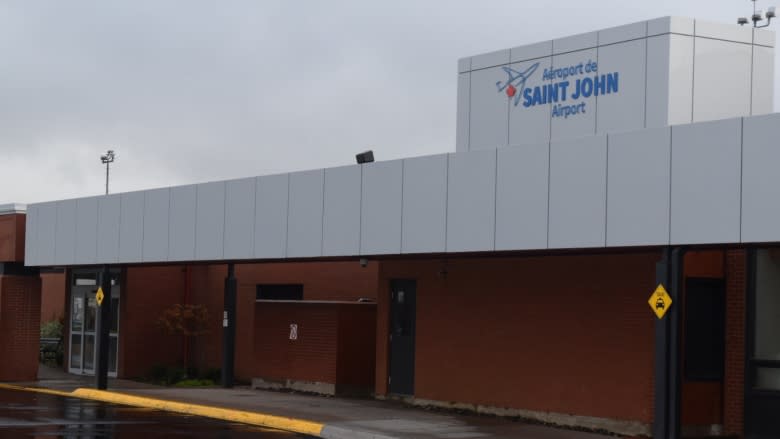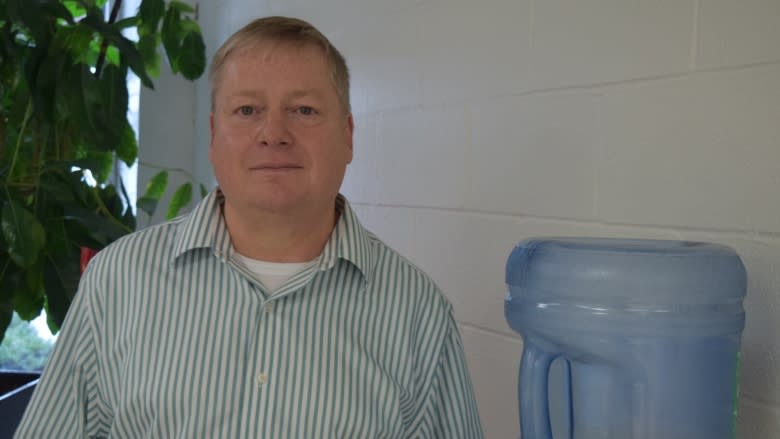Boil water order in effect at Saint John Airport
Despite sending travellers soaring through the air, the Saint John Airport's most recent challenges have come from underground.
For more than two weeks, the airport in the northeastern end of Saint John has had unacceptable levels of turbidity, or cloudiness, in the water pumping through its pipes.
"It means, for us, a lot of extra work for the technicians," said Brian Wiggins, director of operations and maintenance for the building. "Obviously, we prefer not to have a boil water order in place."
Posters put up on Oct. 31 warn staff and customers about the issue at all spots where water is distributed.
Restaurant most affected
He said the Connections restaurant is affected the most.
"They have an important role to play here."
"They have to take whatever steps they need to provide bottled water or actually boil water to serve the actual needs of the business."
Wiggins described the airport as being "like a small community" when it comes to plumbing.
It's eight kilometres away from the city's water lines so it relies on the surface water of Robertson Lake, on the northern border of the property.
The turbidity, which Wiggins said can be caused by too much rain stirring up the lake, is invisible to the naked eye and is tested for regularly.
Up to Health Department
Boil water orders don't normally take this long, but certain steps are required under the airport's permit to operate its own drinking water distribution system.
"We have provided all our information to the Department of Health," he said. "Turbidity has come back down. But they have to make a judgment call in terms of lifting the boil order.
"It's pretty much back down to normal levels."
He hopes the order will be lifted soon.
Other options being explored
The airport and talked to Saint John council about the possibility of hooking up to the city line, but Wiggins said it wasn't a high priority for the city at the time.
Instead, he said, the airport plans to explore the possibility of digging a well.
"In the case of turbidity, there's not necessarily a whole lot you can do," he said.
"Usually, it's just the case of the weather and conditions being such that it lets it go back down."



